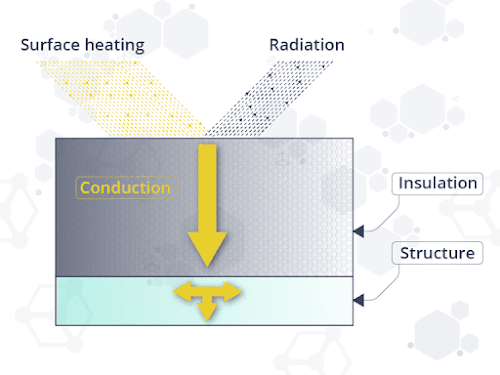Ruby : The king of gemstones

Once scientists began to understand chemistry, they learned that ruby and sapphire are made from a special combination of aluminum and oxygen atoms that is described scientifically as aluminurn oxide (Al203) and usually referred to by ceramists simply as alumina. Chemists found out that ruby is red because it contains a tiny amount of chromium along with its aluminum oxide. There’s a bit of aluminum oxide in the Earth’s crust (called corundum), but we rarely see it as the gem-quality crystals of ruby or sapphire that we so admire. Our age-old dream of creating In the nineteenth century, researchers tried to change corundum into gems by heating it to a high temperature. They failed. Others tried chemical synthesis-building the gems from scratch. In 1837, the French scientist Marc Antoine Augustin Gaudin heated a chemical compound called ammonium alum (which turns into aluminum oxide when it’s heated) with a high-temperature torch. He actually did produce some small crystals ...


